The Behind The Meter Stationary Battery Storage Market is currently characterized by a dynamic competitive landscape, driven by increasing demand for energy independence and sustainability. Key players such as Tesla (US), LG Energy Solution (KR), and BYD (CN) are at the forefront, each adopting distinct strategies to enhance their market positioning. Tesla (US) continues to innovate with its Powerwall product line, focusing on residential applications, while LG Energy Solution (KR) emphasizes partnerships with solar companies to integrate battery storage solutions. BYD (CN) is expanding its footprint in emerging markets, leveraging its manufacturing capabilities to offer cost-effective solutions. Collectively, these strategies contribute to a moderately fragmented market, where innovation and regional expansion are pivotal for competitive advantage.
In terms of business tactics, companies are increasingly localizing manufacturing to mitigate supply chain disruptions and optimize logistics. This approach not only reduces costs but also enhances responsiveness to regional market demands. The competitive structure of the market remains moderately fragmented, with several players vying for market share. However, the influence of major companies is substantial, as they set benchmarks for technology and service offerings, thereby shaping the overall market dynamics.
In August 2025, Tesla (US) announced a strategic partnership with a leading solar panel manufacturer to enhance the integration of its battery storage systems with solar energy solutions. This collaboration is expected to streamline the installation process for consumers, thereby increasing adoption rates. The strategic importance of this partnership lies in its potential to create a seamless energy ecosystem, positioning Tesla as a leader in the residential energy market.
In September 2025, LG Energy Solution (KR) unveiled a new battery technology that significantly increases energy density and reduces charging times. This innovation is crucial as it addresses consumer demands for more efficient and compact energy storage solutions. By prioritizing R&D and technological advancements, LG Energy Solution aims to solidify its competitive edge in the market, appealing to both residential and commercial sectors.
In July 2025, BYD (CN) expanded its manufacturing capabilities in Southeast Asia, establishing a new facility dedicated to battery production. This move is indicative of BYD's strategy to cater to the growing demand in the region, particularly in countries with ambitious renewable energy targets. The establishment of local production not only reduces shipping costs but also enhances BYD's ability to respond swiftly to market changes, thereby strengthening its competitive position.
As of October 2025, the competitive trends in the Behind The Meter Stationary Battery Storage Market are increasingly defined by digitalization, sustainability, and the integration of artificial intelligence. Strategic alliances are becoming more prevalent, as companies recognize the value of collaboration in enhancing technological capabilities and market reach. Looking ahead, competitive differentiation is likely to evolve from traditional price-based competition to a focus on innovation, advanced technology, and supply chain reliability, as companies strive to meet the growing expectations of environmentally conscious consumers.


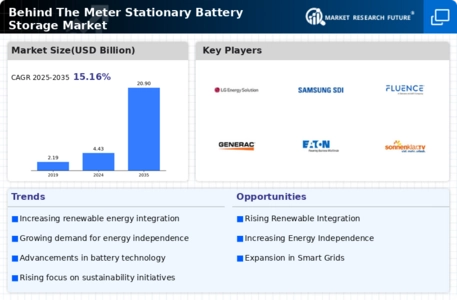

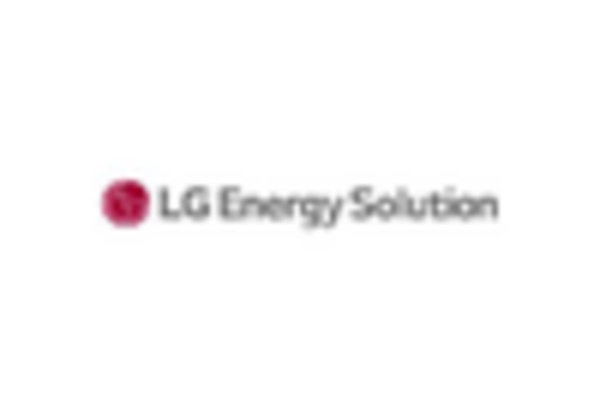
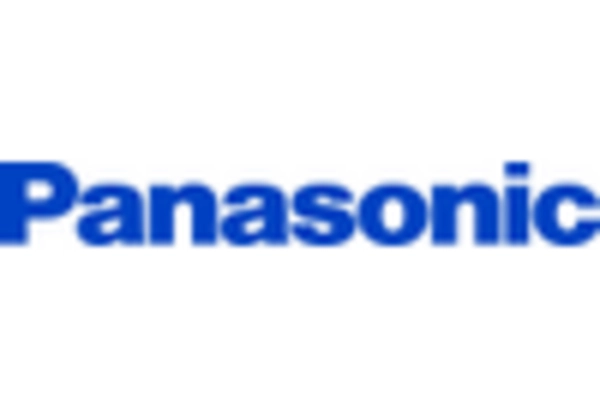
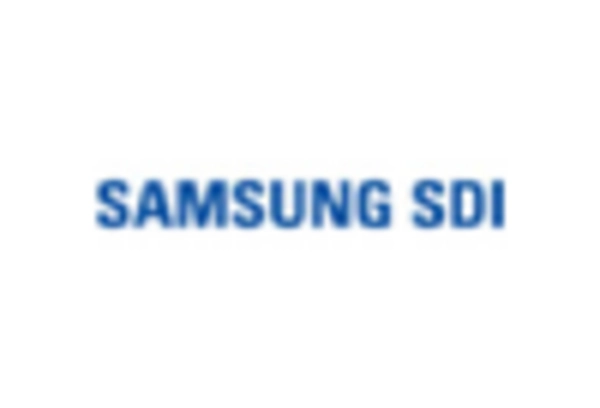

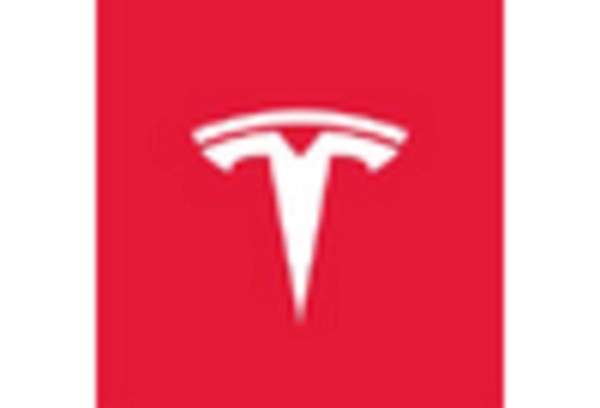








Leave a Comment